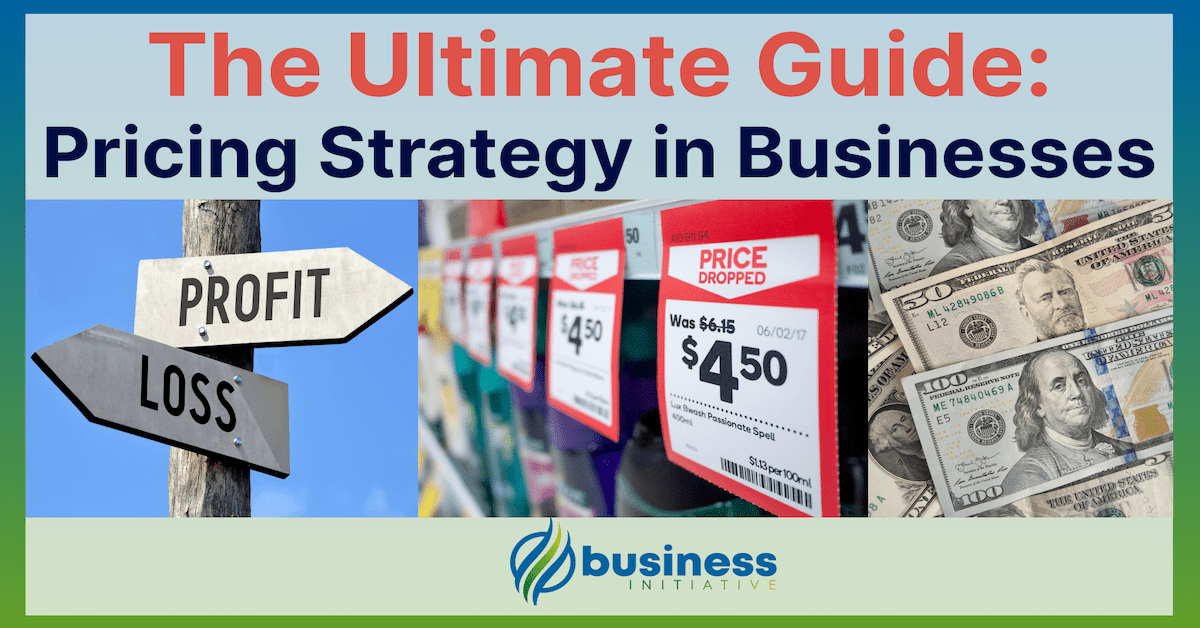Pricing is one of the most crucial aspects of any business, as it directly impacts revenue, profit margins, and customer perception.
In fact, research shows that pricing is the most important factor affecting a company’s profitability, more so than sales volume or cost reduction efforts.
 Key Takeaways
Key Takeaways
- The pricing strategy you choose can make or break your business, so it's important to carefully consider all options.
- Value-based pricing allows you to charge what your product or service is truly worth to your customers.
- Psychological pricing techniques, such as using odd numbers and anchoring, can influence customers' perception of price.
- Dynamic pricing can help businesses adjust prices in real-time based on demand and other factors.
- Experimenting with different pricing strategies and monitoring their impact on sales and revenue is crucial for long-term success.
In this guide, we will cover everything you need to know about pricing strategies, including different approaches businesses can take, how to determine the right price for your product or service, common pricing mistakes to avoid, and how to stay competitive in your industry.
Whether you’re a startup founder looking to set prices for the first time or a seasoned business owner looking to refine your pricing strategy, this guide has something for you.
 Table of Contents
Table of Contents
Why Pricing Matters
Pricing has a direct impact on a business’s bottom line.
Setting the right price can increase revenue and profit margins, while setting the wrong price can lead to lost sales and lower profits.
Consider the following statistics:
- A 1% increase in price can lead to an 11% increase in profit margin (source)
- 72% of consumers say that price is the most important factor when making a purchase decision (source)
- Pricing is the number one driver of profitability, according to 95% of senior executives surveyed source
Different Pricing Approaches
There are various pricing approaches that businesses can take depending on their goals and market conditions.
Some of the most effective approaches include:
-
Cost-plus pricing: adding a markup to the cost of production to determine the selling price
-
Value-based pricing: setting prices based on the perceived value of the product or service
-
Penetration pricing: setting a low price initially to penetrate the market and gain market share
-
Skimming pricing: setting a high price initially to capture early adopters willing to pay a premium
Each approach has its pros and cons and may be more suitable for certain products or markets.
For example, value-based pricing may be more effective for premium or luxury products, while penetration pricing may be more effective for new products entering a crowded market.
➤ MORE: Download our FREE guide to Pick the Perfect Price Point!
Keep reading to learn more about these pricing strategies and more…
Determining the Right Price
Determining the right price for your product or service involves analyzing various factors such as costs, customer demand, and competitor pricing.
Tools like cost-volume-profit analysis and price elasticity of demand can help businesses make informed pricing decisions.
➤ MORE: Use our FREE Price Elasticity of Demand Calculator
Cost-volume-profit analysis helps businesses calculate the break-even point and determine the minimum price needed to cover costs and make a profit.
On the other hand, price elasticity of demand helps businesses understand how changes in price affect customer demand and adjust prices accordingly.
Common Pricing Mistakes
Many businesses make common pricing mistakes that can lead to lost sales or lower profits.
Some of these mistakes include:
-
Ignoring costs or underestimating the competition
-
Failing to consider customer demand or perceived value
-
Setting prices too high or too low
-
Failing to adjust prices over time
Avoiding these mistakes requires a deep understanding of the market, the business’s capabilities, and the customer’s needs.
At the end of this article we include a 6 step guide to selecting your perfect price point for your products or services.
Staying Competitive and Relevant with Dynamic Pricing
Dynamic pricing is a pricing approach that involves adjusting prices in real-time based on changes in supply and demand.
This approach is particularly effective in industries with volatile market conditions or seasonal demand.
For example, airline companies use dynamic pricing to adjust fares based on factors like time of day, day of the week, and seat availability.
By adjusting prices in real-time, businesses can maximize revenue and stay competitive in their industry.
Ready to Increase Your Revenue and Profit Margins?
Pricing is a complex topic that requires careful consideration and analysis.
By understanding different pricing approaches, determining the right price for your product or service, avoiding common pricing mistakes, and using tools like dynamic pricing, businesses can set prices that increase revenue and profit margins while staying competitive in their industry.
If you want to learn more about these pricing strategies and how they can benefit your business, keep reading.
By the end of this article, you’ll have a better understanding of how to set the right price for your product or service and increase your revenue and profit margins.
Pricing Strategies
Pricing strategy is a crucial component of any business plan.
It involves deciding on the optimal price to charge for your products or services in order to maximize profits while remaining competitive in the marketplace.
What is Pricing Strategy?
Pricing strategy is the process of determining the appropriate price point for a product or service.
It takes into account various factors such as production costs, competition, and consumer demand.
A well-crafted pricing strategy can help a business to increase profits, build customer loyalty, and gain a competitive edge.
Different Types of Pricing Strategies
There are several types of pricing strategies that businesses can implement, depending on their goals and market conditions.
By carefully considering the different types of pricing strategies, and analyzing the market conditions, you can maximize your business profits and remain competitive in you industry.
Some of the most common pricing strategies include:
Cost-Plus Pricing
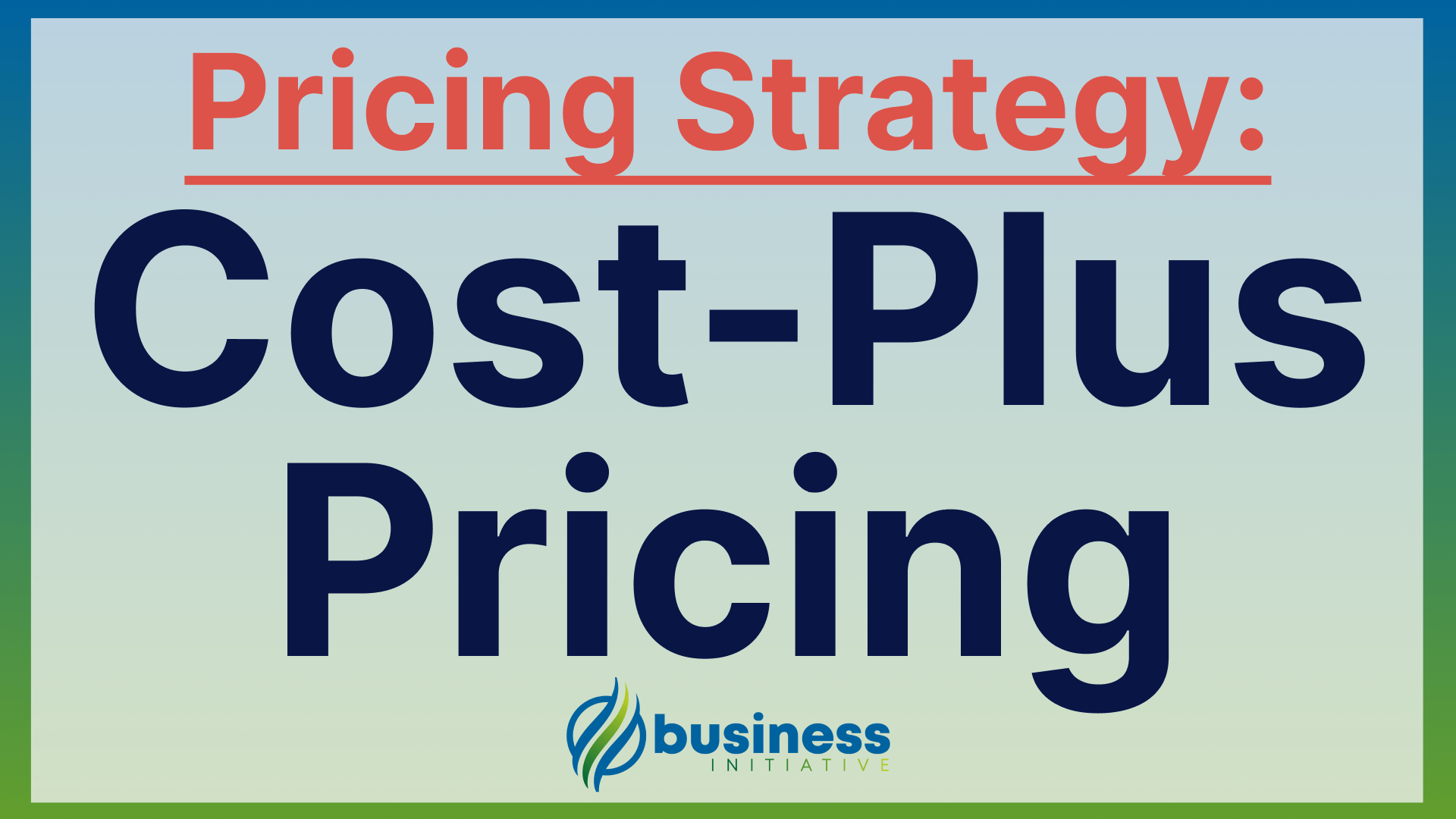
Cost-plus pricing is a simple way to set prices.
You just add a little extra money to cover your costs and make a profit.
It’s good for industries where everything is pretty much the same and the only thing that matters is how cheap it is.
But it doesn’t consider what the customer thinks the product or service is worth.
Pros:
- Simple and straightforward to implement
- Easy to calculate
- Ensures that costs are covered and profit is generated
Cons:
- Does not take into account the perceived value of the product or service
- May not be competitive if competitors use different pricing strategies
➤ DISCOVER: Use our FREE Cost-Plus profit margin calculator!
Premium Pricing
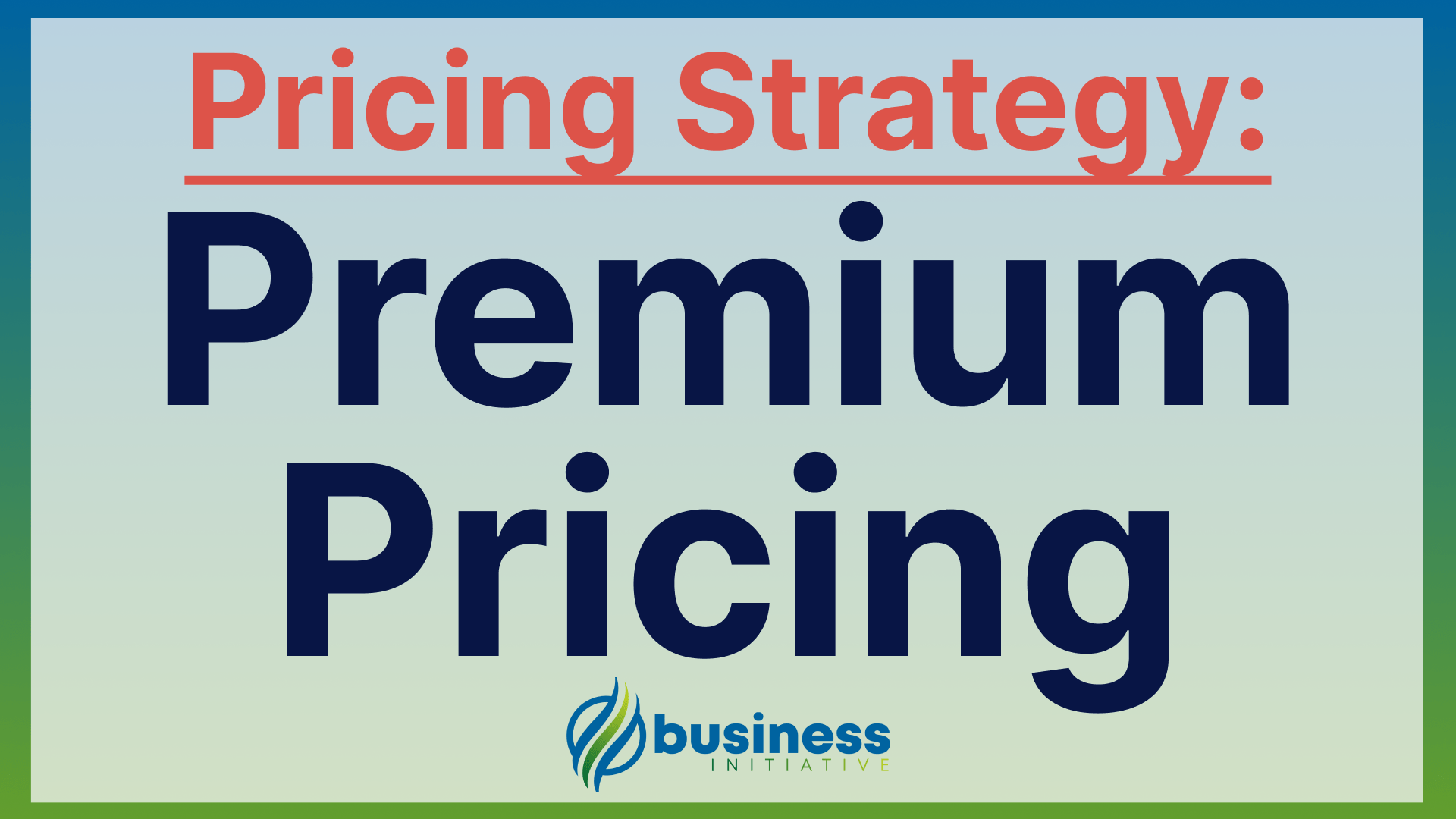
Premium pricing means setting higher prices for products or services to make them seem fancy or high-quality.
Businesses that use this strategy are trying to attract customers who want unique or high-quality products.
They set higher prices to show that their products are worth more than others.
But if they set prices too high, they might not sell as much and lose customers who don’t want to pay a lot.
Pros:
- Can be effective for luxury products or services where quality and exclusivity are important
- Can maximize profits by targeting high-end customers willing to pay a premium
- Can help businesses differentiate themselves from competitors
Cons:
- May limit sales if prices are too high for the target market
- May not be effective for price-sensitive markets or low-margin products
- May require significant investment in branding and marketing to create the perception of value
Value-Based Pricing
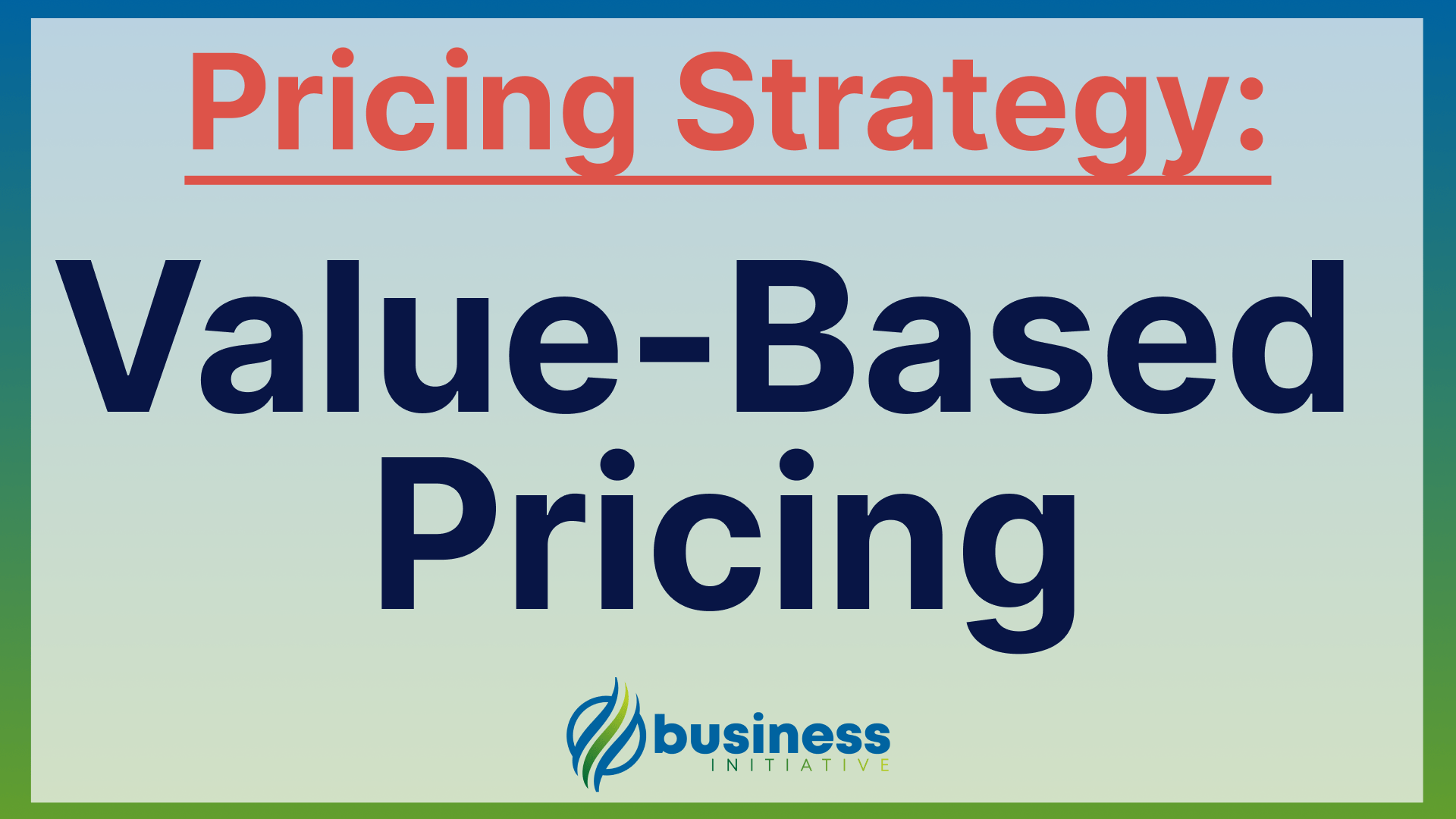
Value-based pricing is when a business sets prices based on what customers think the product is worth.
This means the price is based on how much people are willing to pay.
By doing this, businesses can make more money.
Apple uses this strategy for its iPhones and it helps them keep their brand image high while also being competitive.
Pros:
- Takes into account the perceived value of the product or service
- Allows businesses to set prices that align with customer expectations
- Can maximize profits
Cons:
- May be difficult to determine the perceived value of the product or service
- May require more research and analysis than other pricing strategies
Dynamic Pricing
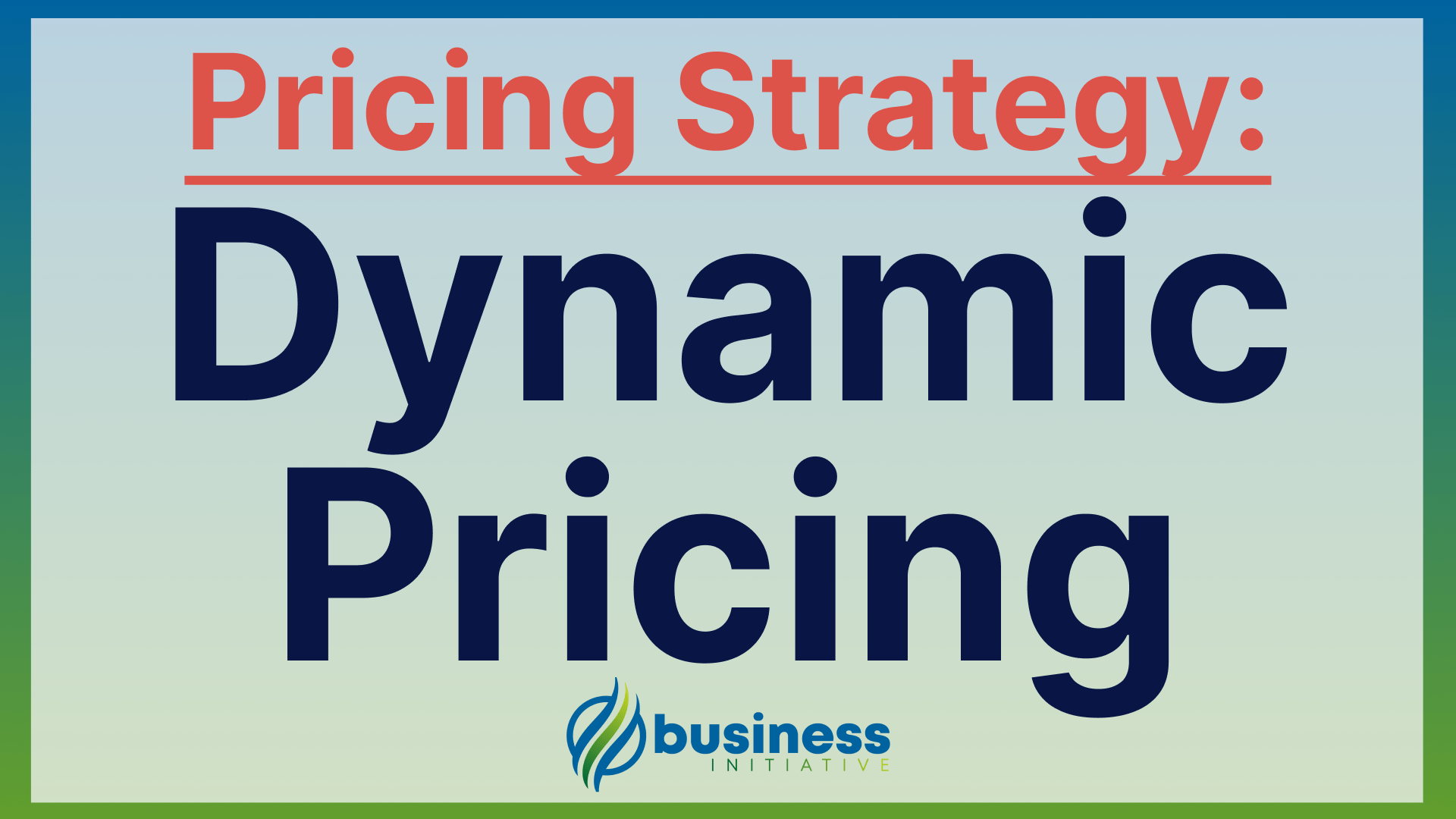
Dynamic pricing means changing prices based on how many people want to buy something.
This is often used in travel and hospitality to charge more during busy times and less during slow times.
It can help businesses make more money, but it can also make customers unhappy if prices change too much.
Amazon uses dynamic pricing to change how much it charges for things based on what’s happening right now.
Pros:
- Allows businesses to optimize revenue based on changes in supply and demand
- Can increase profits during peak periods
- Can help businesses stay competitive
Cons:
- Can lead to customer dissatisfaction if prices change too frequently
- May require sophisticated pricing algorithms and data analysis
➤ MORE: Learn the tools and tactics to benefit from dynamic pricing strategies!
Penetration Pricing
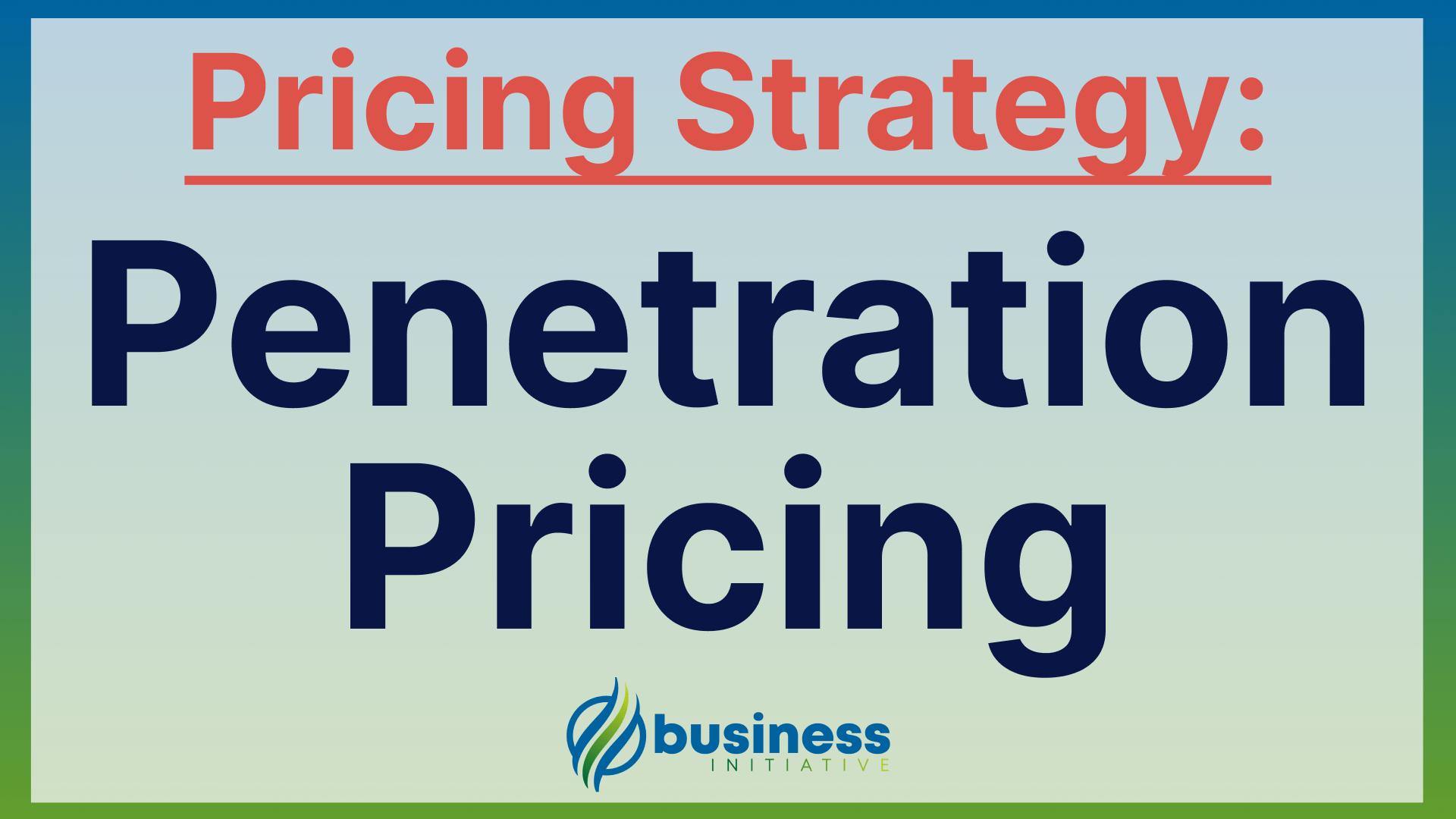
Penetration pricing means selling a product or service at a lower price than other companies to get more customers.
Later, the price will go up.
This works well in markets where people care a lot about the price.
But, if the company doesn’t raise prices soon enough, they might not make as much money.
Pros:
- Can help businesses gain market share quickly
- Can be effective in highly competitive markets where customers are price-sensitive
Cons:
- May lead to lower profit margins if prices are not raised quickly enough
- May not be sustainable in the long term
Decoy Pricing
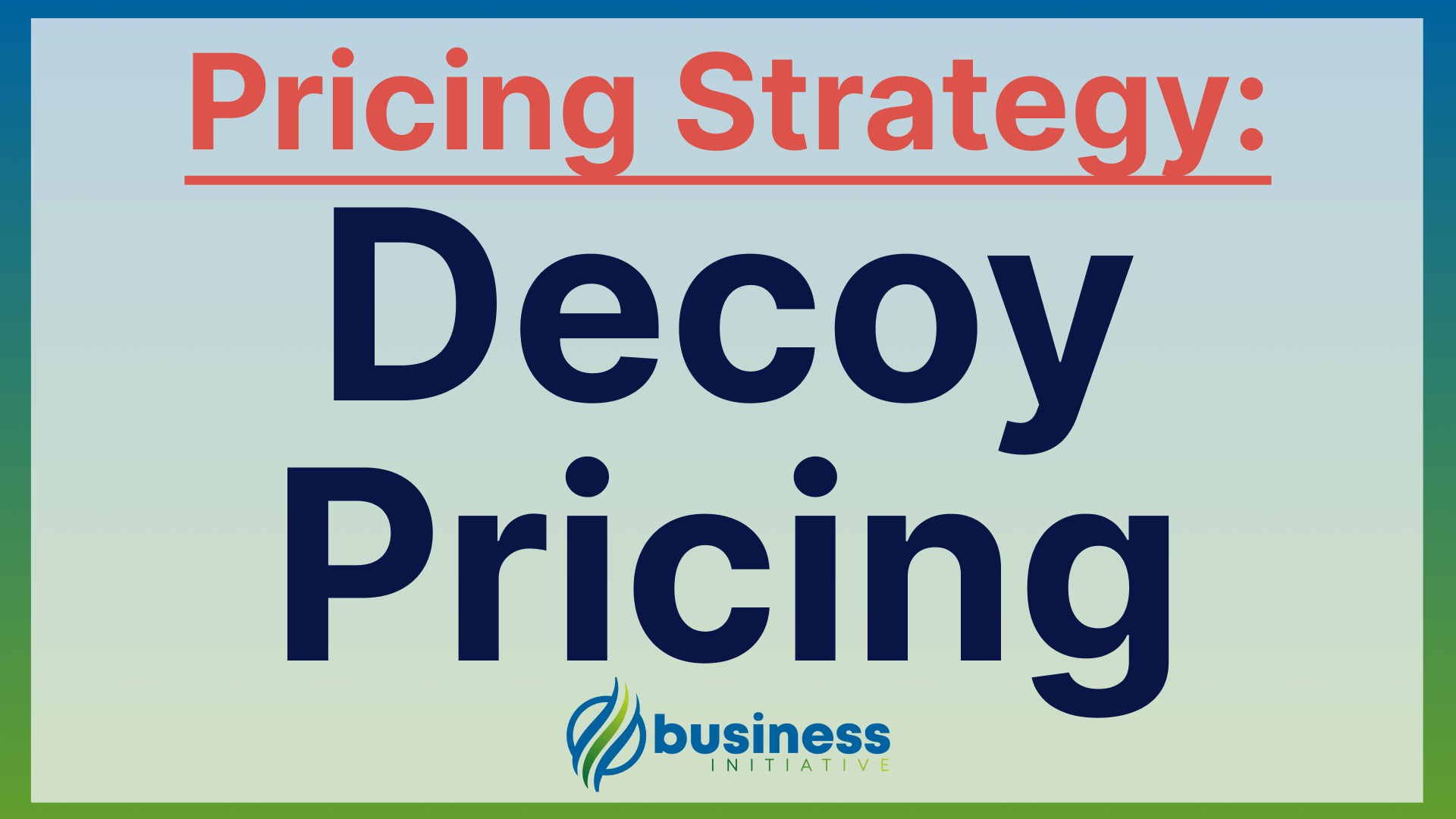
Decoy pricing is when businesses offer different versions of a product at different prices.
They do this to get you to pick the more expensive one by making it seem like a better deal.
Stores use this trick a lot, especially with different sizes of products.
Pros:
- Can steer customers towards a higher-priced option
- Can increase sales of higher-priced products
Cons:
- May be seen as deceptive by some customers
- May not work for all products or services
Psychological Pricing
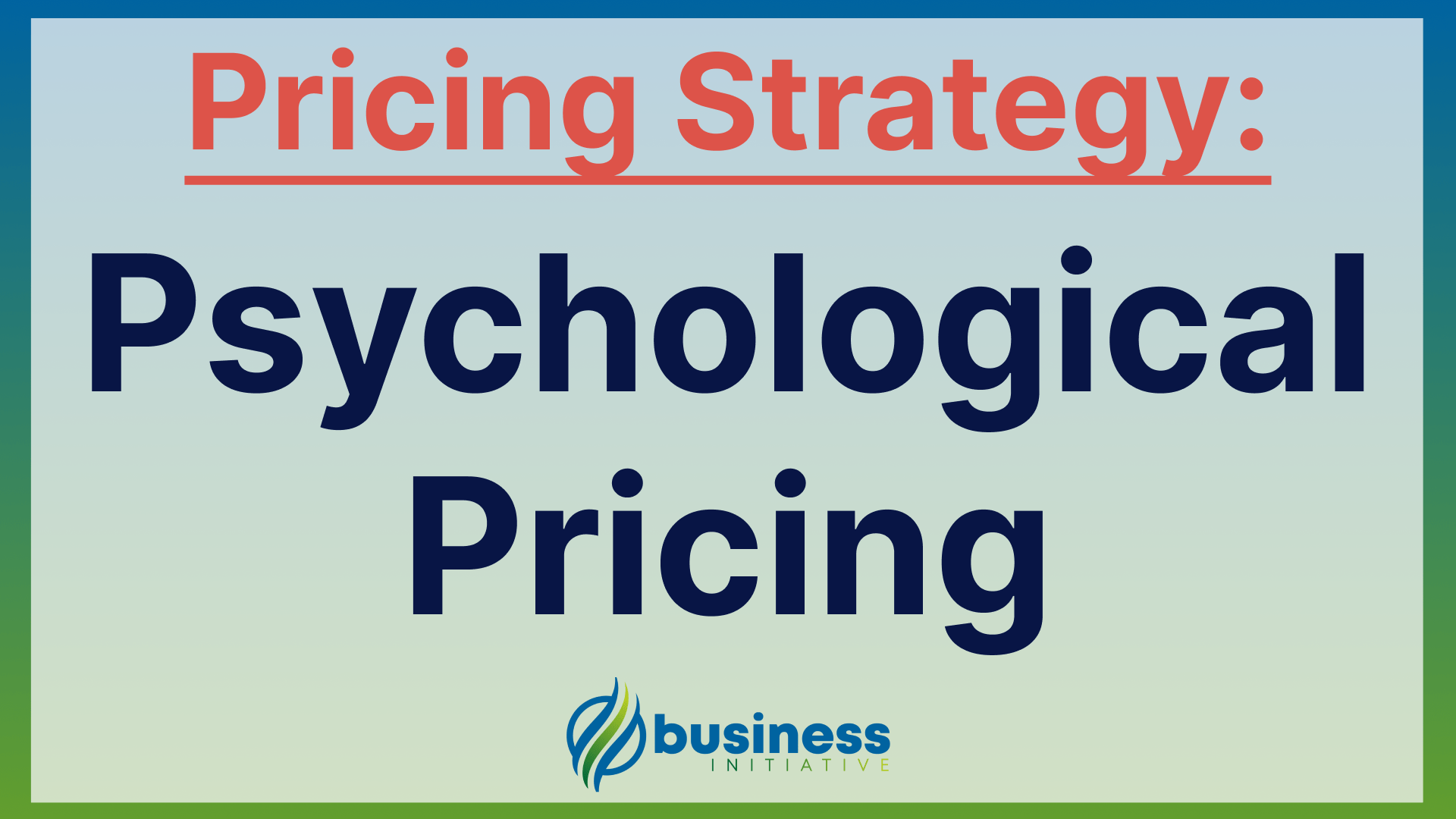
Psychological pricing is a way to price things that tricks people’s brains into thinking something costs less than it really does.
For example, pricing something at $9.99 instead of $10.00 makes people think it’s cheaper, even though it’s only one cent less.
Another trick is to set a high price for something else, so that the lower-priced item seems like a better deal.
Pros:
- Uses psychological tactics to influence customer perception and increase sales
- Can be effective in retail settings where customers are looking for a good deal
Cons:
- May not work for all products or services
- May be seen as manipulative by some customers
Bundle Pricing
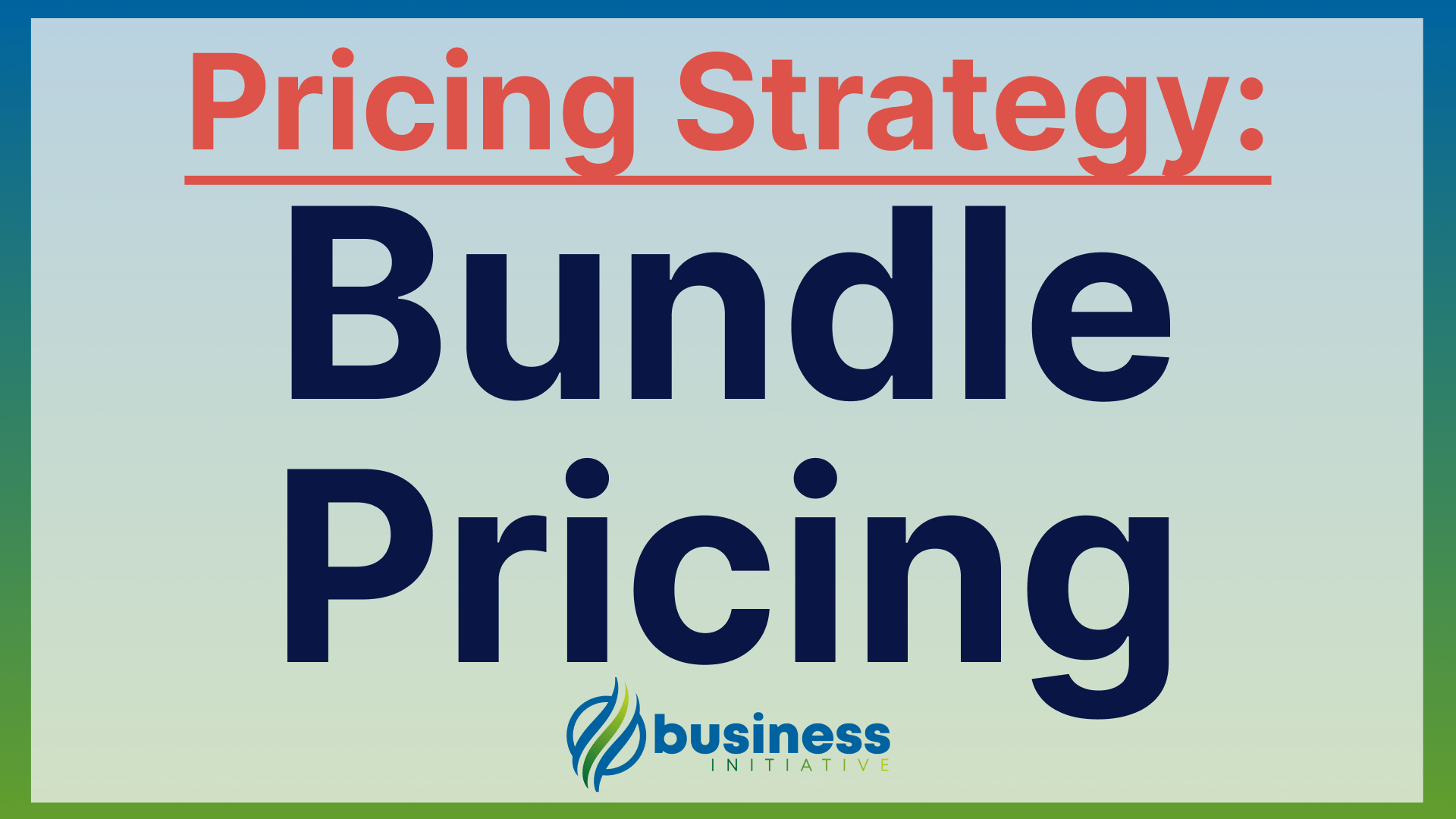
Bundle pricing means you offer a bunch of things together for a cheaper price than if you bought them separately.
It can help you sell more and make customers happy because they get more for their money.
But if you make the discount too big, you might not make as much money.
Pros:
- Can increase sales by offering customers more value for their money
- Can increase customer loyalty by offering package deals
Cons:
- May lead to lower profit margins if the discount offered is too steep
- May not be effective for all products or services
➤ MORE: Pick the perfect discount price and maximize sales!
Competitive Pricing
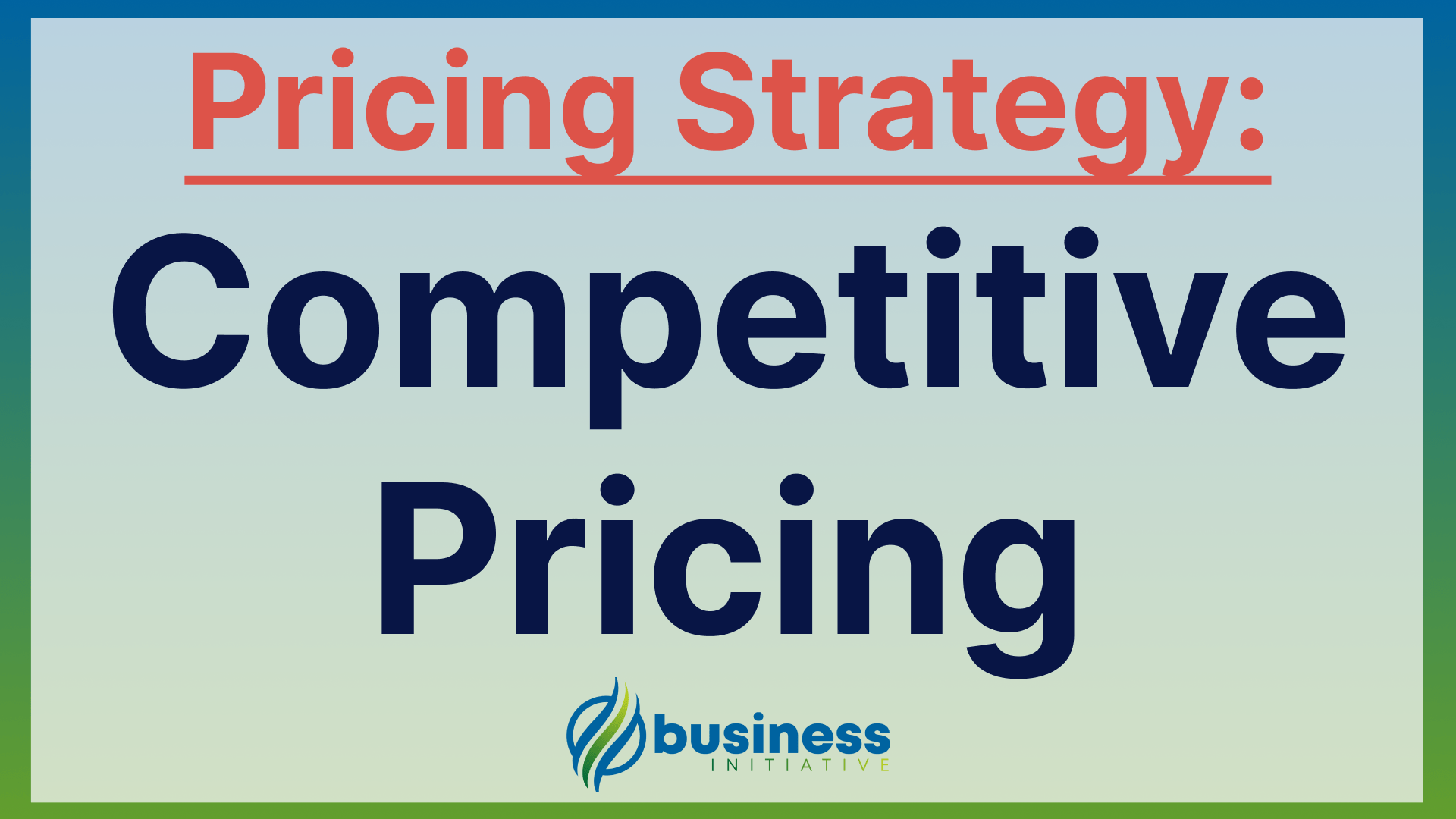
Competitive pricing means setting prices based on what your competitors are charging.
This works well in markets where people care about prices and businesses need to stay competitive.
But if you set your prices too low to compete, you might not make as much money.
Pros:
- Can help businesses stay competitive in highly competitive markets
- Can be effective in price-sensitive markets
Cons:
- May lead to lower profit margins if prices are set too low
- May not work if competitors use different pricing strategies
Skimming Pricing
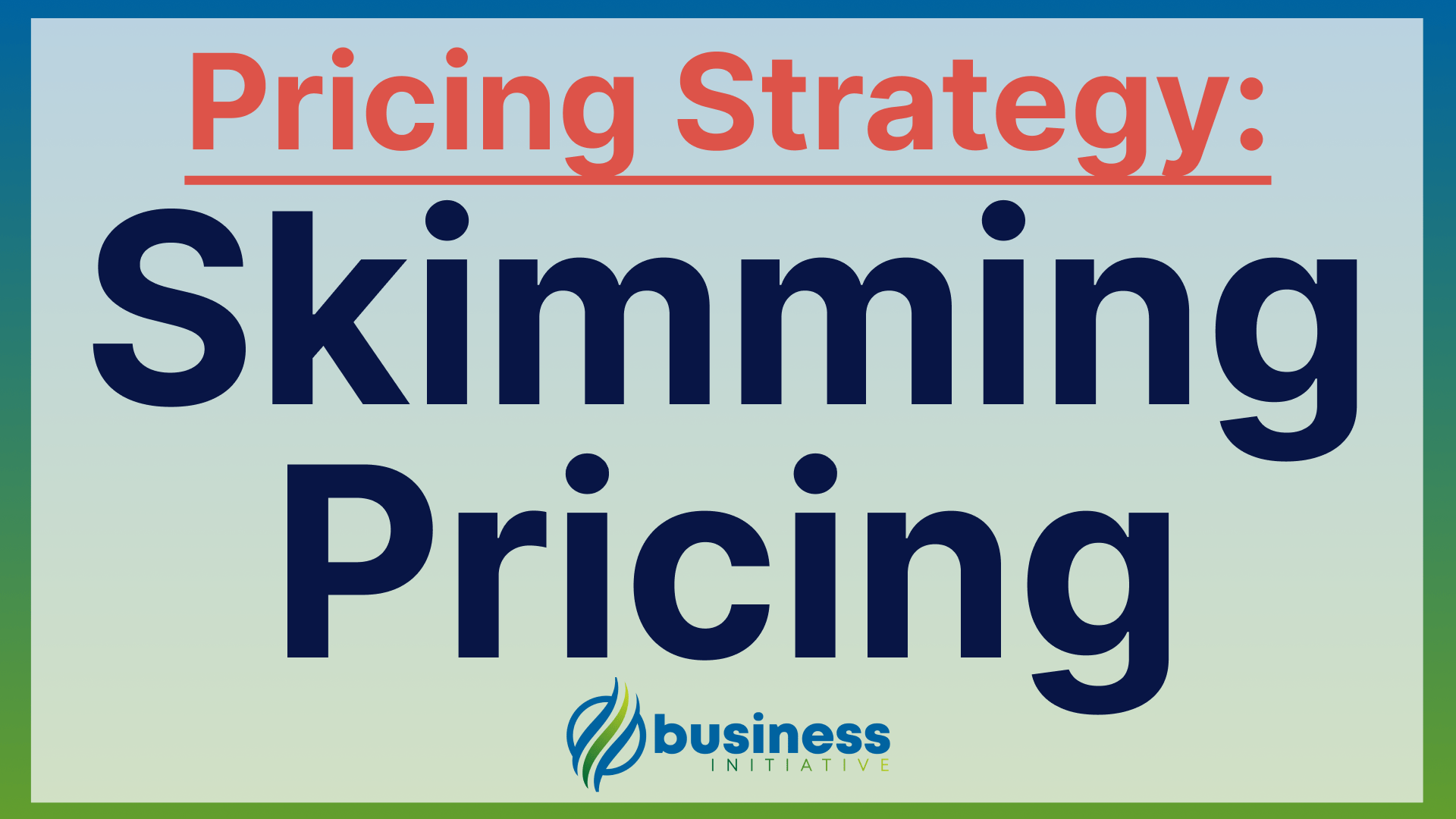
Skimming pricing means setting high prices for new and cool products to make lots of money before other companies start selling similar products.
This works well when there aren’t many other options and people want the new thing really bad.
However, if other companies start selling similar things for less money, it can hurt sales and market share.
Pros:
- Can maximize profits before competitors enter the market
- Can be effective for new and innovative products
Cons:
- May lead to lower sales and market share if competitors enter the market with lower-priced alternatives
- May be difficult to sustain in the long term
Cost-Based Pricing
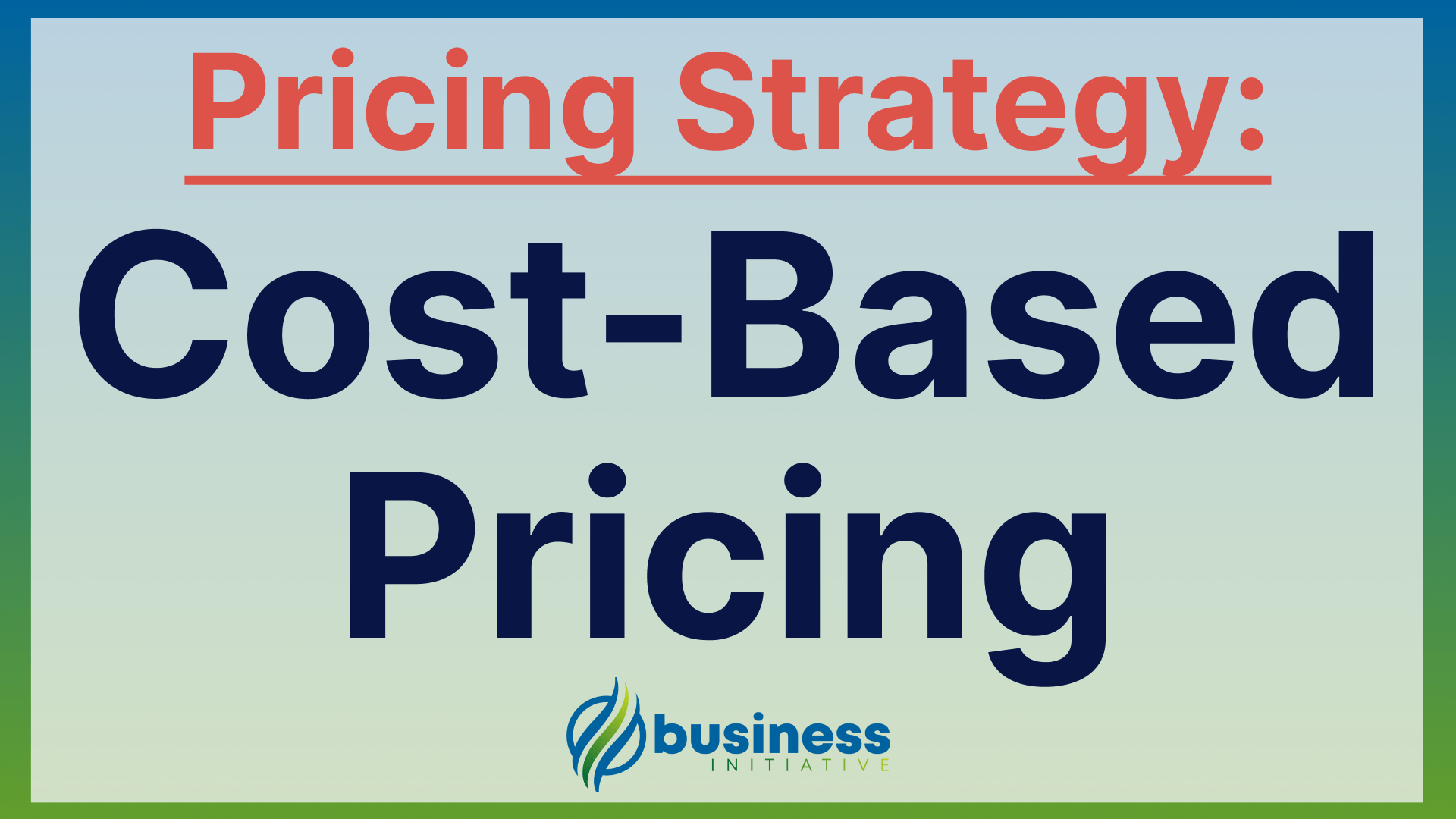
Cost-based pricing is a way to set prices by adding up how much it costs to make and sell something, plus a little extra for profit.
This works well when products or services are similar and people care a lot about the price.
But it doesn’t consider how much customers think the product or service is worth.
Pros:
- Simple and straightforward to implement
- Easy to calculate
Cons:
- Does not take into account the perceived value of the product or service
- May not be competitive if competitors use different pricing strategies
Charm Pricing
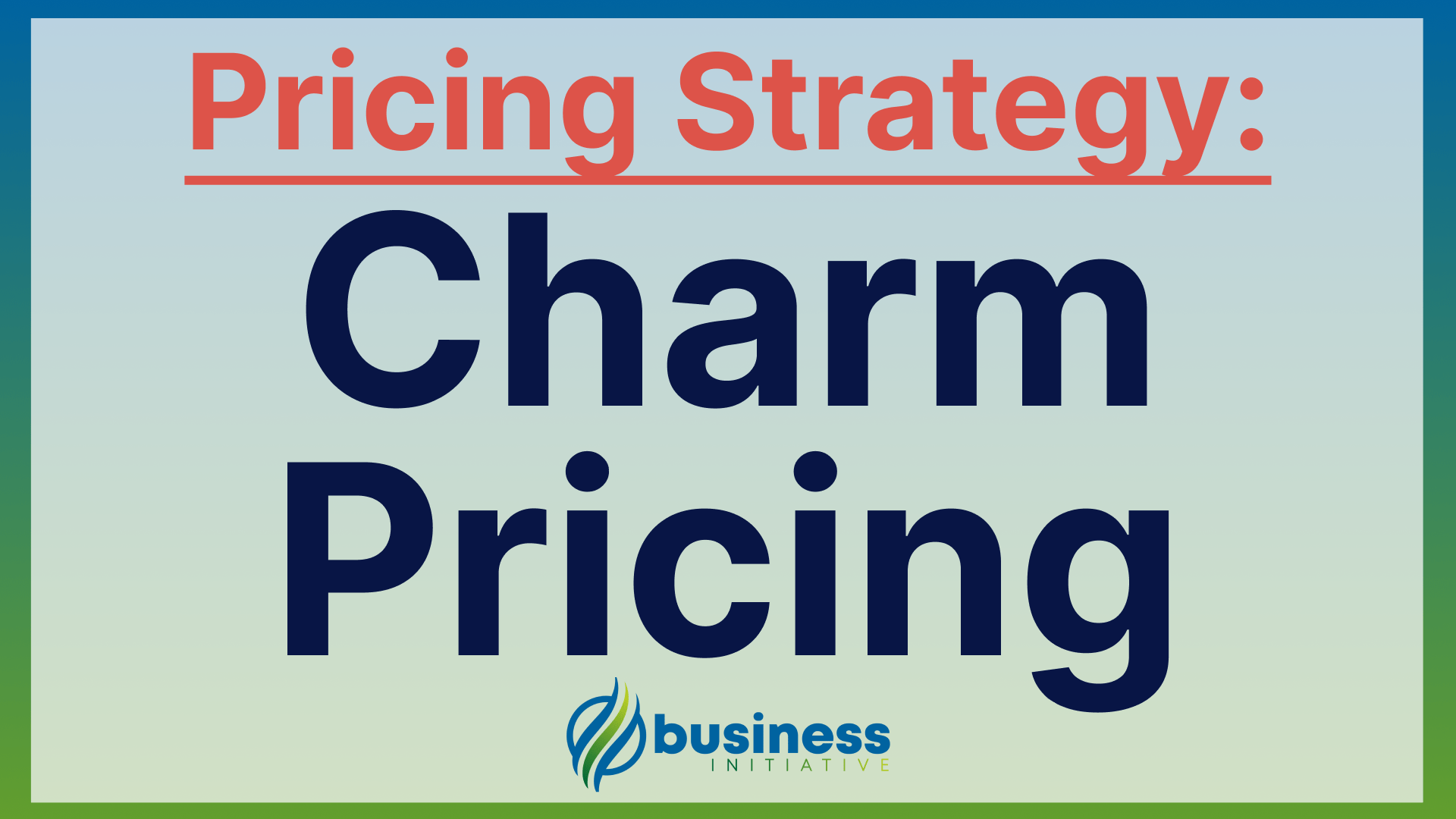
Charm pricing is when prices end in “9” (like $9.99) to make people think it’s cheaper and buy more.
It works well in stores where people want a good deal, but some people might find it tricky.
Pros:
- Uses prices ending in “9” to create the perception of a lower price and increase sales
- Can be effective in retail settings where customers are looking for a good deal
Cons:
- May be seen as deceptive by some customers
- May not work for all products or services
Freemium & Tiered Pricing
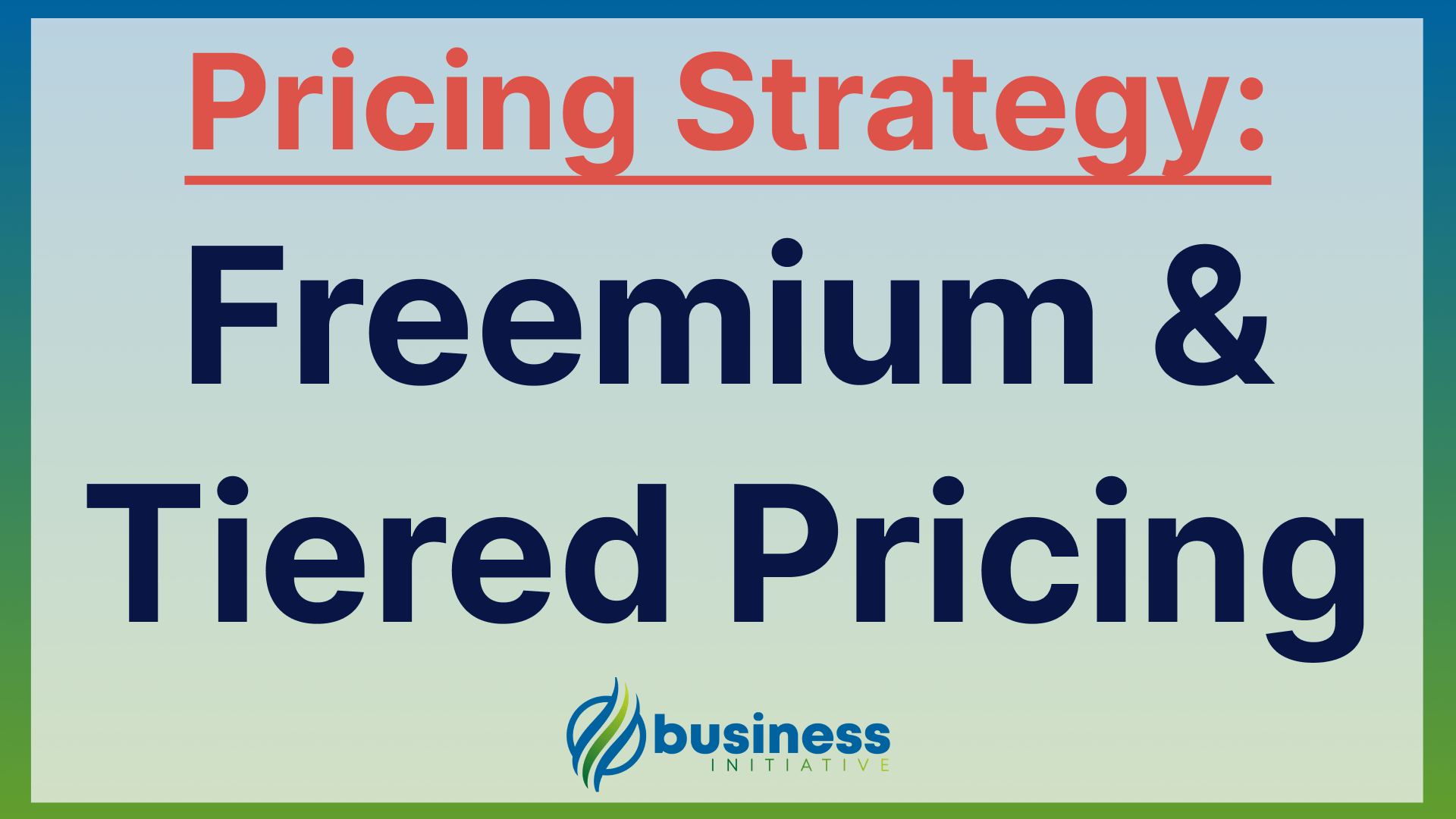
Freemium and tiered pricing are ways to sell stuff. You can get a basic version of something for free, but then pay for a fancier version.
This can make people want to try new things and become loyal customers.
But sometimes too many people only want the free version, so the company doesn’t make as much money.
Tiered pricing means different people pay different prices depending on what they want.
Pros:
- Can drive adoption of new products or services
- Can increase customer loyalty
- May lead to lower revenue if too many customers opt for the free version instead of upgrading
- May require more complex pricing models
Choosing the Right Pricing Strategy
Choosing the right pricing strategy for your business can be challenging.
Factors such as industry, competition, costs, and customer perception all play a role in determining the best approach.
One useful tool for analyzing pricing strategies is a SWOT analysis, which can help identify strengths, weaknesses, opportunities, and threats associated with different pricing models.
➤ MORE: Download our SWOT Analysis Template for FREE!
Costs
When setting prices for your products or services, it’s important to consider all costs associated with your business.
This includes both fixed and variable costs.
Failure to consider these costs can lead to pricing decisions that result in inadequate profits or even losses.
Fixed costs are expenses that do not change regardless of the volume of goods or services produced.
Examples of fixed costs include rent, salaries, and insurance premiums.
Variable costs, on the other hand, are expenses that vary based on the volume of goods or services produced.
Examples of variable costs include raw materials, labor, and shipping fees.
How Much do Costs Impact Pricing Decisions?
Consider a company that manufactures t-shirts.
The cost of producing each t-shirt includes both fixed and variable costs.
The fixed costs might include rent for the factory and salaries for the employees who work there.
The variable costs might include the cost of the fabric, thread, and ink used to make each t-shirt.
In order to make a profit, the company must sell its t-shirts at a price that covers all of its costs as well as generates a profit margin.
If the company sets its prices too low, it may not be able to cover its fixed costs and may eventually go out of business.
On the other hand, if the company sets its prices too high, it may not be able to attract enough customers to generate adequate sales.
Market Research
Market research involves gathering information about your target audience and the market in which you operate.
It helps you understand customer needs, preferences, and behaviors.
By conducting market research, you can make informed decisions about product development, marketing strategies, and pricing.
Importance of Market Research for Pricing Decisions
Market research is essential for making informed pricing decisions.
It can help you determine the optimal price point for your product or service based on factors such as customer demand, competitor pricing, and production costs.
Without market research, you may be setting prices blindly or relying on guesswork.
Methods for Conducting Market Research
There are several methods for conducting market research, including surveys, focus groups, and online analytics tools.
Surveys involve asking a group of people a set of questions to gather information about their attitudes and behaviors.
Focus groups involve bringing together a small group of people to discuss a particular topic in depth.
Online analytics tools can provide insights into customer behavior on your website or social media channels.
Analyzing Competitors’ Prices
Another important aspect of market research is analyzing your competitors’ prices.
This information can help you determine whether your prices are competitive and identify opportunities for differentiation.
By analyzing competitors’ prices, you can also gain insights into their pricing strategies and adjust your own accordingly.
In Summary…
Research shows that pricing is the most important factor affecting a company’s profitability, more so than sales volume or cost reduction efforts.
When you consider the different types of pricing strategies, analyzing market conditions, and understanding costs and customer demand, your business can maximize profits and remain competitive in its industry.
Setting the right price can mean the difference between your success and failure, while setting the wrong price can lead to lost sales and lower profits.
➤ MORE: Download our FREE guide to Pick the Perfect Price Point!
It’s important to note that pricing decisions are not one-time decisions but require continuous evaluation and adjustment based on changes in market trends.
Here are some final thoughts and tips for pricing success:
- Understand your costs: Before setting a price, businesses need to understand their costs and determine the minimum price needed to cover those costs and make a profit.
- Know your customers: Understanding customer demand and perceived value is essential for setting prices that resonate with customers.
- Monitor competition: Keeping track of competitor pricing helps businesses stay competitive and adjust their prices accordingly.
- Use data and analytics: Tools like cost-volume-profit analysis, price elasticity of demand, and dynamic pricing can help businesses make informed pricing decisions.
- Continuously evaluate and adjust: Pricing is not a one-time decision but requires continuous evaluation and adjustment based on changes in market conditions.
By taking these steps and continuously refining their approach to pricing, businesses can increase revenue, profit margins, and customer satisfaction.
At Business Initiative, we offer consultation services to help businesses develop effective pricing strategies tailored to their industry and target audience.
Contact us today through our website’s contact form or schedule a consultation call with us.
Don’t forget to subscribe to our newsletter for more valuable insights into growing your business.
Follow us on Twitter for daily updates on the latest industry news and trends.
FAQs - Frequently Asked Questions About Pricing Strategies

What is the best pricing strategy for a new business?
The best pricing strategy for a new business depends on various factors such as the industry, target market, and competitive landscape.
Learn more...
A new business can consider different pricing strategies such as cost-plus pricing, value-based pricing, penetration pricing, or skimming pricing.
- Cost-plus pricing involves adding a markup to the cost of production to determine the selling price.
- Value-based pricing considers the perceived value of the product or service and sets the price accordingly.
- Penetration pricing involves setting a low price initially to penetrate the market and gain market share.
- Skimming pricing involves setting a high price initially to capture early adopters willing to pay a premium.
The best strategy depends on factors like the industry's competitiveness, target market's willingness to pay, and whether the business wants to position itself as a premium or budget option.
How do I determine the right price for my product/service?
Determine the right price for your product or service by analyzing your costs, competitor pricing, customer demand, and perceived value.
Learn more...
To determine the right price for your product or service:
- Start by calculating all costs associated with producing, marketing, and selling it.
- Then analyze competitor pricing and identify gaps in the market that you can fill.
- Next, consider customer demand and their willingness to pay by conducting surveys or focus groups.
- Finally, evaluate your product or service's unique value proposition and set a price that reflects its perceived value.
Should I always charge less than my competitors to attract customers?
Not necessarily.
Charging less than your competitors may attract customers but can also signal lower quality.
Learn more...
While charging less than competitors can be an effective strategy to attract price-sensitive customers, it can also signal lower quality or lack of differentiation from competitors.
Instead of competing on price, a business can differentiate itself on other factors like product quality, customer service, or unique features.
Offering more value to customers can justify a higher price and lead to higher profit margins.
How often should I adjust my pricing strategy?
Pricing strategy should be adjusted regularly to reflect changes in market conditions, costs, and customer demand.
Learn more...
A pricing strategy is not set in stone and should be adjusted regularly to reflect changes in market conditions, costs, and customer demand.
</p>Some businesses adjust their prices daily or weekly using dynamic pricing strategies based on real-time data.</p> </p>Others adjust their prices periodically based on changes in market conditions or costs, such as a rise in raw material prices.</p> </p>The frequency of price adjustments depends on the industry's volatility and the business's capacity to gather and analyze data.</p>Is it better to offer discounts or promotions to boost sales?
Offering discounts or promotions can boost sales in the short term but may erode profit margins in the long term.
Learn more...
Discounts and promotions can be effective in attracting customers and boosting sales in the short term.
However, they can also erode profit margins if not managed carefully.
Offering discounts or promotions too frequently can train customers to wait for sales rather than paying full price, leading to lower revenue overall.
A better approach is to offer targeted promotions that incentivize customers to buy at full price while rewarding loyal customers with exclusive benefits.
Can psychological pricing really impact customer behavior?
Yes, psychological pricing can impact customer behavior by creating a perception of value or scarcity.
Learn more...
Psychological pricing involves setting prices that appeal to customers' emotions rather than rational decision-making.
For example, setting a price just below a round number ($9.99 instead of $10) creates the perception of a better deal.
Limited-time offers or "while supplies last" promotions create a sense of scarcity and urgency, encouraging customers to act quickly.
These tactics can influence customer behavior and increase sales, but they must be used ethically and transparently to avoid damaging customer trust.
What are some common mistakes businesses make when setting prices?
Some common mistakes businesses make when setting prices include ignoring costs, underestimating the competition, and failing to consider customer demand.
Learn more...
Other common pricing mistakes include setting prices too high or too low, failing to adjust prices over time, and overlooking the impact of external factors like changes in the economy or industry trends.
Ignoring costs can lead to unsustainable pricing that erodes profit margins, while underestimating the competition can lead to lost market share.
Failing to consider customer demand can result in pricing that doesn't reflect the product's perceived value or the customer's willingness to pay.
How can dynamic pricing help me stay competitive in my industry?
Dynamic pricing can help businesses stay competitive by adjusting prices in real-time based on supply and demand.
Learn more...
Dynamic pricing involves using algorithms and real-time data to adjust prices based on changes in supply and demand.
This approach allows businesses to remain competitive by responding quickly to market conditions and adjusting prices accordingly.
For example, ride-sharing companies like Uber use dynamic pricing to increase fares during peak demand periods when there are more riders than drivers available.
By adjusting prices in real-time, businesses can maximize revenue and stay competitive in their industry.
Does a higher price always mean higher profits?
Not necessarily.
Higher prices may lead to higher profits if they reflect the product's perceived value and customers' willingness to pay.
Learn more...
While higher prices may lead to higher profits in some cases, they must reflect the product's perceived value and customers' willingness to pay.
Overpricing a product can lead to lower sales and revenue overall, while underpricing can erode profit margins.
A better approach is to set prices that balance the product's value with the customer's willingness to pay, resulting in a price that maximizes profitability.
Sources
- Harvard Business Review: How to Set the Right Price for Your Product or Service
- McKinsey & Company: The Power of Pricing
- Entrepreneur: What is Pricing Strategy?
- Hubspot: 9 Different Pricing Strategies for Your Business to Consider
- Investopedia: Dynamic Pricing Definition
- Forbes: Apple's Pricing Strategy
- Business Insider: How Amazon Uses Dynamic Pricing
- Harvard Business Review: The Right Way to Use Discounts in Your Business
- Entrepreneur: 8 Types of Promotions You Need to Know
- Shopify: 11 Types of Discounts and How to Use Them
- Salesforce: Tips for Effective Discount Management
- Entrepreneur: The Basics of Market Research
- Inc.: How to Conduct Market Research
- Forbes: Using Competitor Pricing to Your Advantage
- Investopedia: Fixed vs. Variable Costs
- Quickbooks: Understanding Fixed and Variable Costs in Your Business


